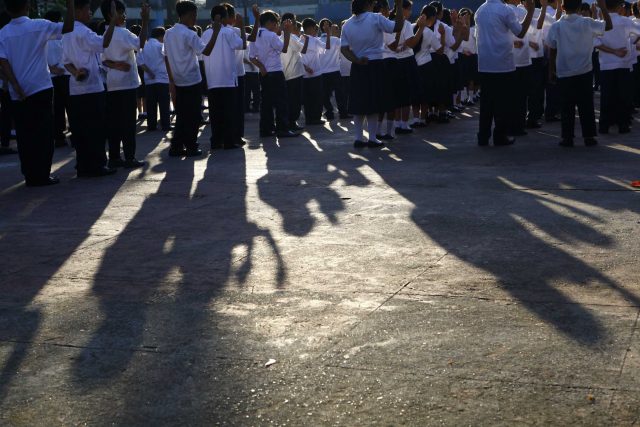(Reuters Health)—Playgrounds designed with risk-taking in mind may mean more pushing and shoving during recess, but they also might make kids less likely to feel bullied, a small experiment in New Zealand suggests.
For the study, researchers randomly selected eight elementary schools to get modified playgrounds with lots of loose and moving parts, chances to socialize and build things, and opportunities to play with bikes and skateboards. A control group of eight schools kept their traditional playgrounds.
After two years, children at the schools with modified playgrounds were about 33 percent more likely to report pushing and shoving during recess than kids at schools with traditional playgrounds, researchers report in Pediatrics. With modified playgrounds, however, kids were 31 percent less likely to report bullying to teachers.
“To us, the findings that intervention children reported more pushing and shoving yet were less likely to tell a teacher were fascinating,” said senior study author Rachael Taylor of the University of Otago in New Zealand.
The study doesn’t shed light on why this happened, so it’s hard to say whether kids got better at resolving disputes on their own or perhaps became more resilient to behavior that might have felt like bullying before, Taylor said by email.
Researchers assessed all of the existing playgrounds at the 16 primary schools included in the study, then made changes to half of the spaces to encourage more risk-taking and challenges.
Along with modified physical spaces to play, the study also encouraged schools with altered playgrounds to change rules for recess to allow things like tree climbing, rough-and-tumble play and going outside even on rainy days.
A total of 840 kids started the study, and 630 of them remained after two years. Children ranged in age from 6 to 9 years old.
With modified playgrounds, kids were 66 percent more likely to report playing with a lot of children after one year, and after two years they were also 64 percent more likely to report being happy at school.
After one year, parents of kids who had modified playgrounds were almost twice as likely to say kids had happy relationships with other students. But after two years, the reverse was true.
Teachers didn’t report differences in name-calling or cruel teasing based on whether playgrounds were altered for the study. But teachers did report more physical bullying and deliberate exclusion with modified playgrounds.
The main limitation of the study is that bullying is difficult to assess, the authors note. In addition, the study was too small to detect meaningful differences between girls and boys and had too few teachers to draw many conclusions from what educators observed.










